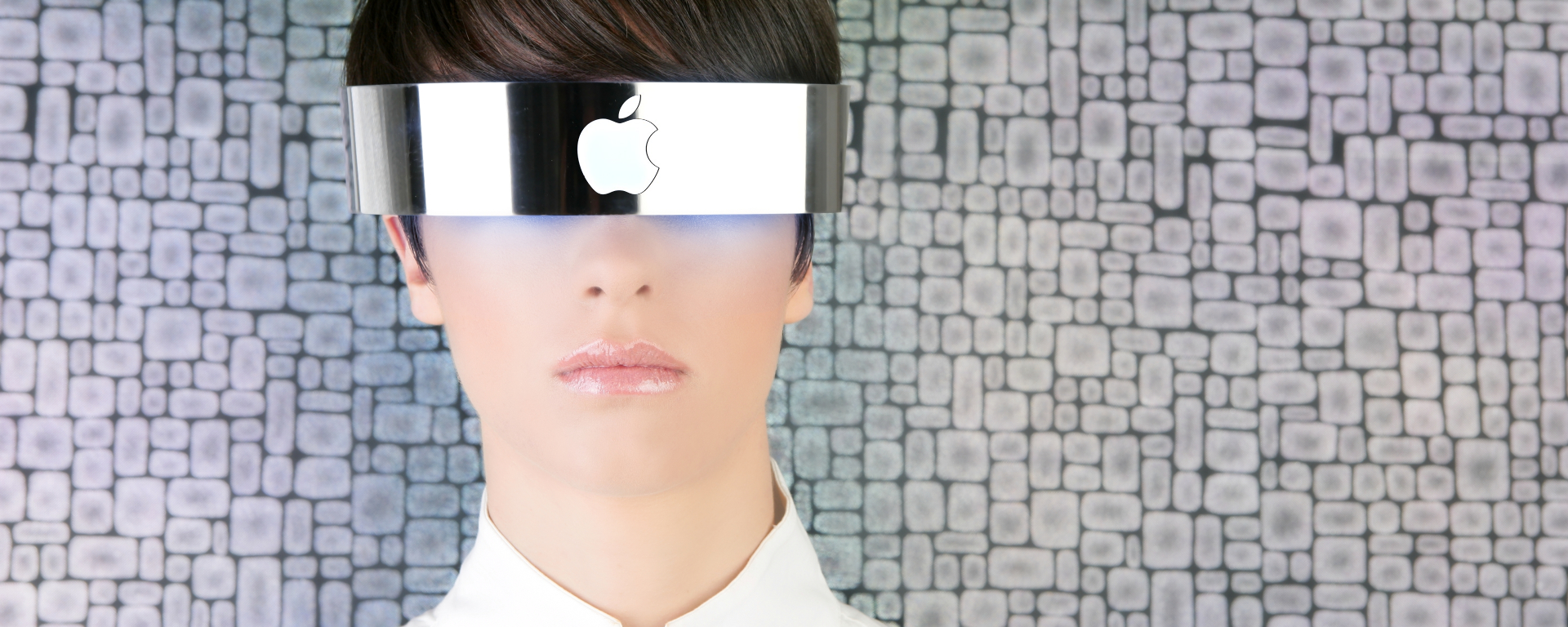Executive Voice
Here’s Why I’m Sure That Apple Will Dominate the Consumer VR Market

Let me start off with a disclaimer. I don’t even know for sure that Apple is going to enter the consumer VR market. My partner actually works at Apple, so I need to be clear that this piece includes no insider information whatsoever. She’s not involved in, nor does she have any visibility over whatever Apple may or may not be doing in VR. Even if she did, she wouldn’t risk her job to tell me. And I wouldn’t risk her job to tell you!
But Apple already dominates the consumer AR (augmented reality) market, between the iPhone, iPad and ARKit. It’s a pretty safe bet at this stage that they’re going to release some kind of AR glasses that build upon that foundation. What follows is conjecture, based on a combination of information in the public domain (like patent filings, supposed leaks and rumors) and my own analysis of some of the things that are preventing consumer VR from taking off—which also happen to be areas where Apple has a big advantage. I’m confident that if there is a forthcoming Apple VR headset (or if their AR headset supports VR), it’ll dominate.
There’s just no denying that they make desirable products that deliver reliably compelling UX (user experience). Like with the iPhone, Apple Watch and AirPods, Apple will enter the market later, but with a superior product. And the way it integrates with those other devices will be a big part of what makes it superior.
Spatial Computing
Over the past decade we’ve all become increasingly dependent on electronic devices. Remember when we used to reserve space in our brains for remembering facts and phone numbers? Or when we used to devote unnecessary cognitive cycles to mundane kinds of thought like navigating around town and calculating tips? We’ve since outsourced these things and many more to our smartphones.
Accessing that same computing power and information in a way that is seamlessly integrated into our vision, hearing and proprioception is the objective of spatial computing (a collective term for VR/AR/MR/XR/*R). I’m confident that it’s the inevitable next evolution in human-computer interaction.
Social Superpowers
We’ve become so symbiotically dependent on our smartphones, that we routinely use them while doing other things. Whether we’re working, playing, spending time with family, attending events or watching TV, our phones are with us. Either to include others in the things we’re experiencing or as a way of engaging in multiple things at once. Our smartphones give us a set of social superpowers that we’ve become addicted to. One of the things that prevents people from spending extended periods of time in VR is that you can’t take your phone with you. As soon as you put a VR headset on, you lose those social superpowers.
But imagine if you had the ability to access all the features of your phone, without taking off the headset. Maybe a digital twin of your phone in VR will allow you to see the screen and interact with your phone. Or it could be a new set of user interfaces and input modes serving up the features of your phone, inside VR. Either way, which company is better positioned than Apple to produce a device that integrates seamlessly with your smartphone?
Siri already learns how you speak, while Autocorrect learns how you spell. These and other personalizations of our existing Apple products will automatically transfer to any new devices. Which, in turn, will increasingly predict what we want to do, based on our past behavior. There’s good reason to think that an Apple HMD (head-mounted display) would have considerably lower friction than competitors’ products.
Apple VR Ecosystem
I’m convinced that *R is the future. So I can’t help but look at just about everything Apple has done since the release of the iPhone through the lens of a long-term spatial computing strategy. Voice control (Siri) will likely play a big role in user interaction. Meanwhile, the Apple Watch and AirPods are devices that are pretty useful when used—as they typically are today—with an iPhone. But they’ll become incredibly powerful as part of an integrated suite of spatial computing wearables.
Even Apple Maps—which had such a clumsy roll-out that many iPhone users still use Google’s app—forms part of an overarching spatial computing ecosystem. Most of us underestimated the importance of search engines until Google came along. Similarly, maps are about so much more than location and navigation. As digital twins of the world, maps already form a primary interface between physical reality and the parallel digital realities we inhabit. But with virtual and mixed reality, this will take on a whole new significance. I predict Google will struggle to compete with the kind of deep integration that Apple Maps will offer. Combined with Apple Pay, you can imagine completely seamless, contact-less commerce.
Conclusions
In summary, I suspect that Apple has been working on spatial computing for about as long as they’ve been filing patents and acquiring companies in the space. I’m pretty sure that every other part of their ecosystem over that time has been designed in anticipation of a pair of smart glasses joining our personal electronic device constellation. I’m confident their headsets will inter-operate seamlessly with everything else and that the overall user experience will be superior to anything we’ve seen thus far in a consumer device.
Time will tell if software and game developers and content creators will get on board Apple’s spatial computing platform with the same enthusiasm that they jumped aboard iOS. But if the UX is as compelling as I expect, there’s every reason to think they will. I foresee another segment-defining device coming out of Cupertino. Whenever that might be.
